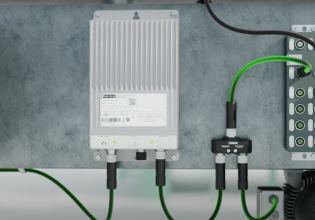M
I have a refrigeration project that requires temperature control using PID and a Micrologix 1000. Control is by a liquid solenoid. Does anybody know if there is somewhere I can obtain the ladder logic to create a PID algorithm in the Micrologix 1000?






